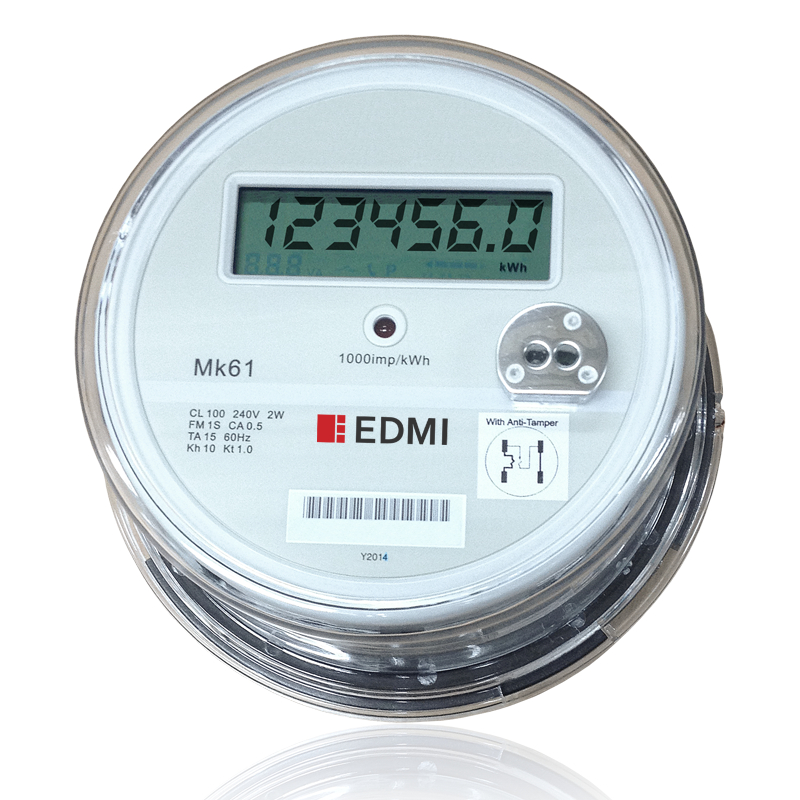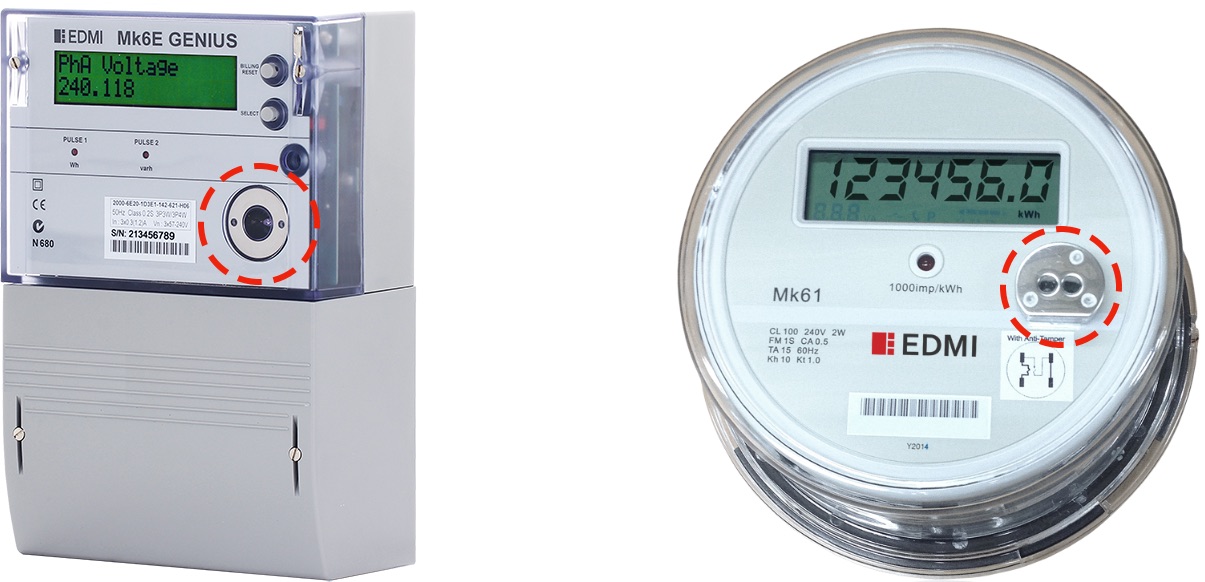When working with smart meters and other metering systems, two common communication standards often come up: IEC 62056-21 and ANSI C12.18. These standards define how data is exchanged between metering devices and external systems, particularly when using optical probes for communication.
IEC 62056-21 IEC 62056-21 is part of the IEC 62056 series of standards, which define communication protocols for data exchange between utility meters (such as electric meters) and external systems. Specifically, IEC 62056-21 outlines the communication protocol for optical port communication, used in metering devices, especially for applications like residential electricity meters.

IEC Standard Meter
ANSI C12.18 ANSI C12.18 is an American standard from the American National Standards Institute (ANSI) that specifies the communication protocol for optical port communication on electrical meters. This standard is primarily used in North America but has also been adopted by manufacturers worldwide.

ANSI Standard Meter
While both standards involve optical communication for data transfer between meters and reading devices, they differ regionally and in their technical and communication specifics.
Communication Ports The communication port is the interface between the optical probe (or optical reading device) and the meter. It allows external devices, such as handheld meters or data collection systems, to interact with the meter and retrieve data.
One of the most noticeable differences between the two standards is the shape of the communication port. As shown in the following photo, the IEC standard meter’s communication port is round and flat, with the infrared lights positioned at the center of a metal circle.

The comport of IEC Standard Meter and ANSI Standard Meter
In contrast, the ANSI standard meter features a nearly round metal frame with two small holes in the center, where the infrared transmitter is placed. The frame is not perfectly round, and when viewed from another angle, you’ll notice it protrudes above the surface of the meter. These design differences make the ANSI standard optical probe distinct from the IEC standard meter.
Optical Probes for IEC and ANSI Standards
Although the diameter of the communication port is the same for both IEC and ANSI standard meters, the optical probes themselves differ.

the difference of IEC and ANSI standard optical probe.
In addition to the shape, the positioning of the infrared transmitter and receiver lights is reversed between the two standards.
Universal Optical Probe for Both IEC and ANSI Standard Meters
Most countries around the world adopt either IEC or ANSI standard meters. However, in some countries, such as Australia and New Zealand, both types of meters are in use. This situation often requires people to carry two different optical probes.
But is it possible to use a single, universal optical probe for both types of meters? The answer is yes! The trick is to simply invert the ANSI standard optical probe when using it with an IEC standard meter, and it will work just fine. As demonstrated in the following photo:
ANSI Type 2 Probes are used with tariff meters designed to the American National Standard ANSI C12.18-2006 (also Australian Standard AS 1284.10.2-2006). The ABACUS ELECTRICS ANSI USB Optical Probe model A9U-P-U04M-2A has a new home with TransData Inc. It is available to purchase now. IEC Probes are used with tariff meters with optical ports designed to the European IEC62056-21:2002 standard (formerly the IEC1107:1996 standard). Probes of this type are used with electricity meters throughout Europe and with gas meters/volume correctors worldwide.

